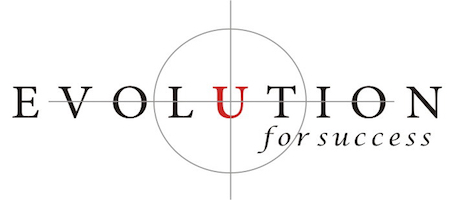Results-Driven Coaching. ALWAYS.
Why is our coaching model so results-driven?
When I started working with Tony Robbins® in 1999, one of the simplest questions he asked had a profound impact on me. The question was, “What is your outcome?” and/or “What is the specific result you want to create?” These 2 questions drive my entire coaching model.
If someone is going to spend their precious time, energy and money with me, I am very cognizant of the fact that I need to help them create results: quick, fast and long term.
And while some like to talk about their problems and can find therapists to be a great fit for their situation, executive coaching fills an entirely different need. My clients want to either have something different or feel something different. Our focus is on achieving that change and creating tangible results.
How do we do that? Our unique 6-step, results-driven, coaching model has proven to be a very effective way of creating results that stick.
The traditional coaching model only has 5 steps but we added an additional step. Coaching is dramatically more effective when it includes the release of mental, emotional, physical, spiritual and financial obstacles from the past, using the groundbreaking tools of NLP (Neuro Linguistic Programming), Time Line Therapy®, Hypnosis, NAC, Huna and Design Human Engineering.
Without the release of negative unresolved emotional issues, change is left to the client’s willpower, and in the end, that’s often not enough for long term change. A person can make themselves take a different action for a little while, but results don’t stay long term. How often do we see people lose weight only to gain it back, have money and then lose it, or get into a great relationship and self sabotage?
Our Inner World creates our Outer World. All learning, change and behavior happens at the unconscious level. When Neuro Linguistic Programming (NLP), NAC and Time Line Therapy® are used in the coaching process, change and results happen instantly, effortlessly and with long term results.


